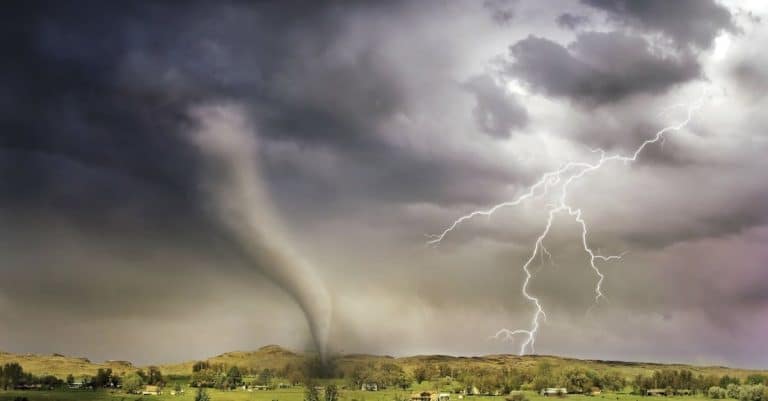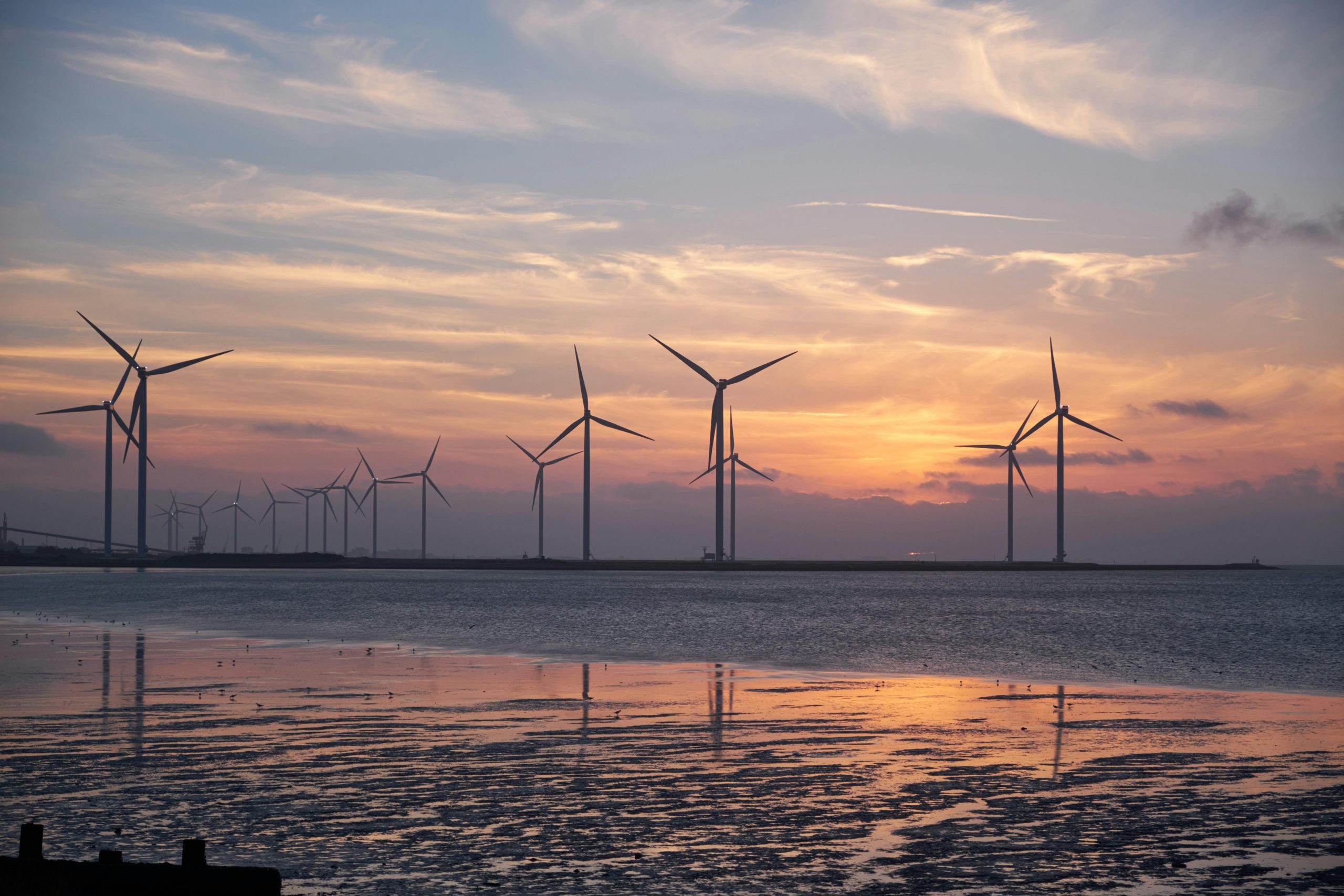Tornadoes are a phenomenon of short duration and extension in which a whirlpool of air spins at high speed. They can be dangerous and destructive. They come in different shapes and sizes and are ranked by the speed of the wind and their destructive capabilities. They are admired by some but are terrifying to most. They are very unpredictable and can leave nothing but a path of destruction behind. Do you know what to do if you find yourself in the vicinity of a tornado? Here is what you need to know.
Different Types
- Supercellular tornadoes: Formed from high-intensity thunderstorms. They are violent and the most destructive.
- Non-supercellular tornadoes: These form from smaller thunderstorms. They have a lower intensity than supercellular tornadoes.
- Multi-vortex tornadoes: These are two or more columns of air that rotate around a common axis, which gives rise to several tips of the tornado.
- Satellite tornadoes: This occurs when 2 tornadoes, one large and one small, meet or form very close and the smaller one orbits around the larger one like a satellite.
- Wedge tornadoes: They have a wedge or “V” shape. With a wide base and a narrow tip.
- Waterspout tornadoes: These are tornadoes that form over water or move from land to water.
How a Tornado’s Intensity is Measured
Tornadoes are measured by their wind speed, which relates to how much damage they can inflict. This is called the Enhanced Fujita Scale (EF-Scale), which was developed by Dr.Ted Fujita in the 1970s. It has since been updated to reflect the advances in the understanding and technology available for understanding tornadoes. The scale has 6 categories, ranking from an EF0, the weakest, to an EF5, the strongest.
The Enhanced Fujita Scale:
- EF0 – Winds of 65 to 85 mph (105 to 137 km/h)
- EF1 – Winds of 86 to 110 mph (138 to 177 km/h)
- EF2 – Winds of 111 to 135 mph (178 to 217 km/h)
- EF3 – Winds of 136 to 165 mph (218 to 266 km/h)
- EF4 – Winds of 166 to 200 mph (267 to 322 km/h)
- EF5 – Winds greater than 200 mph (more than 322 km/h)
What to do if You Encounter a Tornado
Tornadoes are unpredictable and can change directions without warning. If you learn about or see one in your area, you must seek shelter. If you are in a home or a building, take shelter in the room furthest away from the windows and exterior doors, preferably in a basement or on the lowest floor in a building. Avoid open spaces: If you are outdoors and cannot get to a safe shelter, look for a bridge or an overpass to take shelter under. If there is no covered shelter, find a deep ditch to lie in. If you are in a vehicle, stop and seek shelter in a safe place outside of the vehicle.
Some of the worst tornadoes on Record
- The Tri-State Tornado: This tornado affected the areas of Missouri, Illinois, and Indiana in the USA on March 18, 1925. It is considered one of the deadliest tornadoes in U.S. history. It spanned 1 mile wide and travelled more than 200 miles at a speed of 117 mph. It killed at least 695 people and injured thousands more, causing devastating damage in its path.
- The Dalautpur-Saturia Tornado: This tornado took place in Bangladesh on April 26, 1989. It was the deadliest tornado in history, with a toll of 1,300 people dead and more than 12,000 injured. It was part of a series of storms that formed in the center of the country. It had an estimated width of 1.5 km and moved at a speed of 120 km/h.
- Gainesville Tornado: This was 2 storms that converged on the city on April 6, 1936, killing 203 people and injuring more than 1,600 people. The tornado destroyed 4 neighbourhoods and 750 homes.








